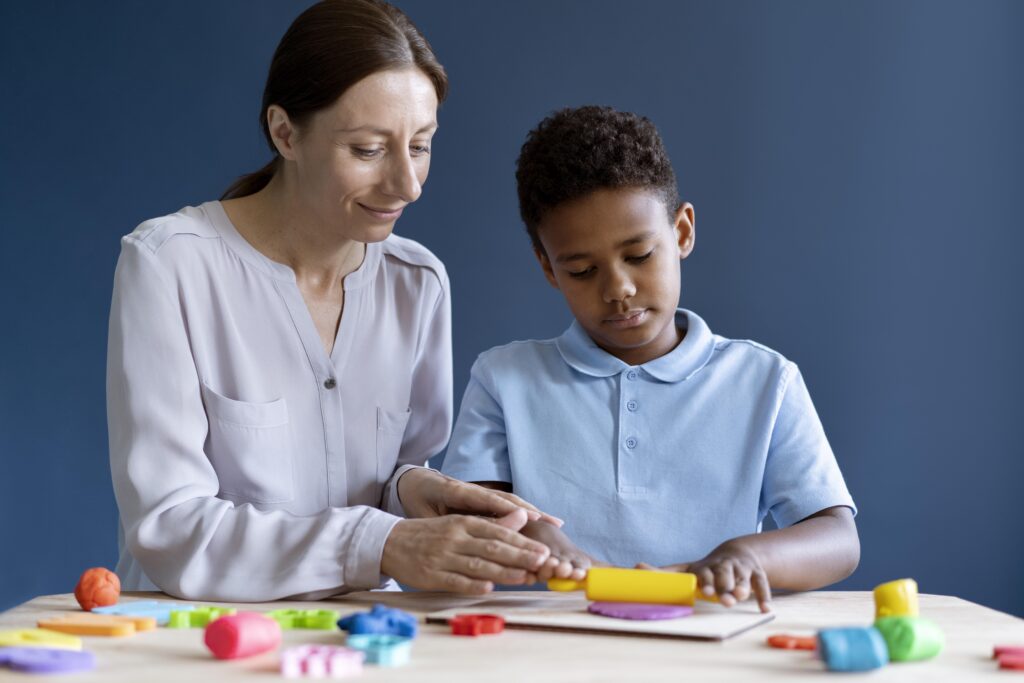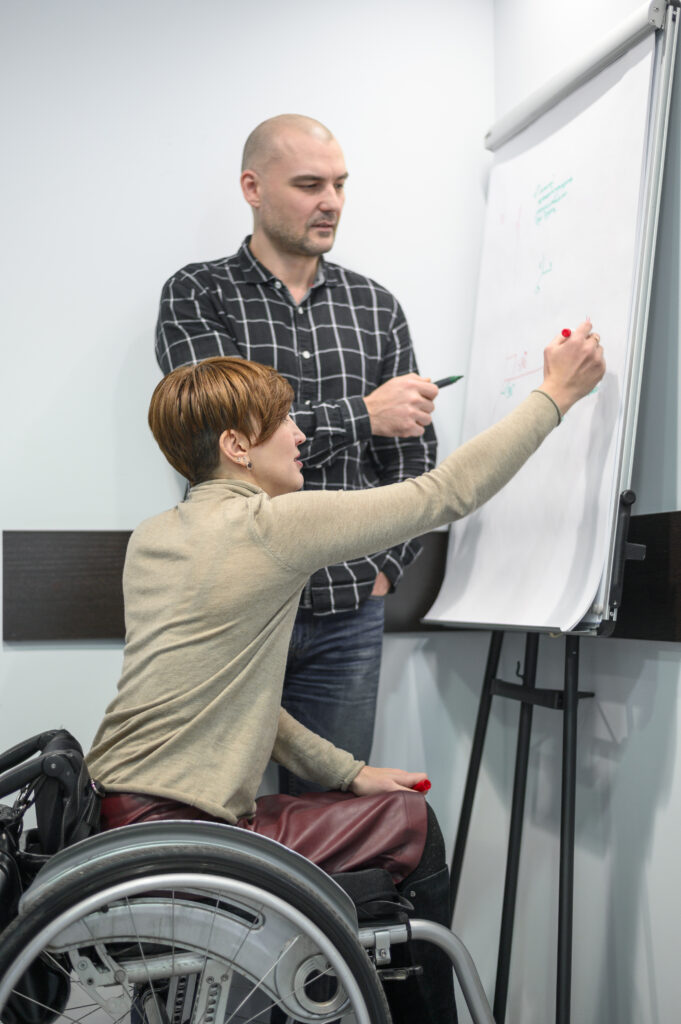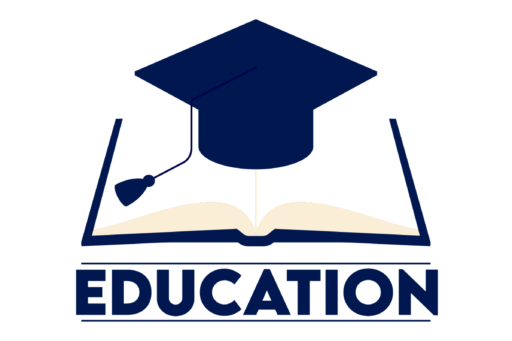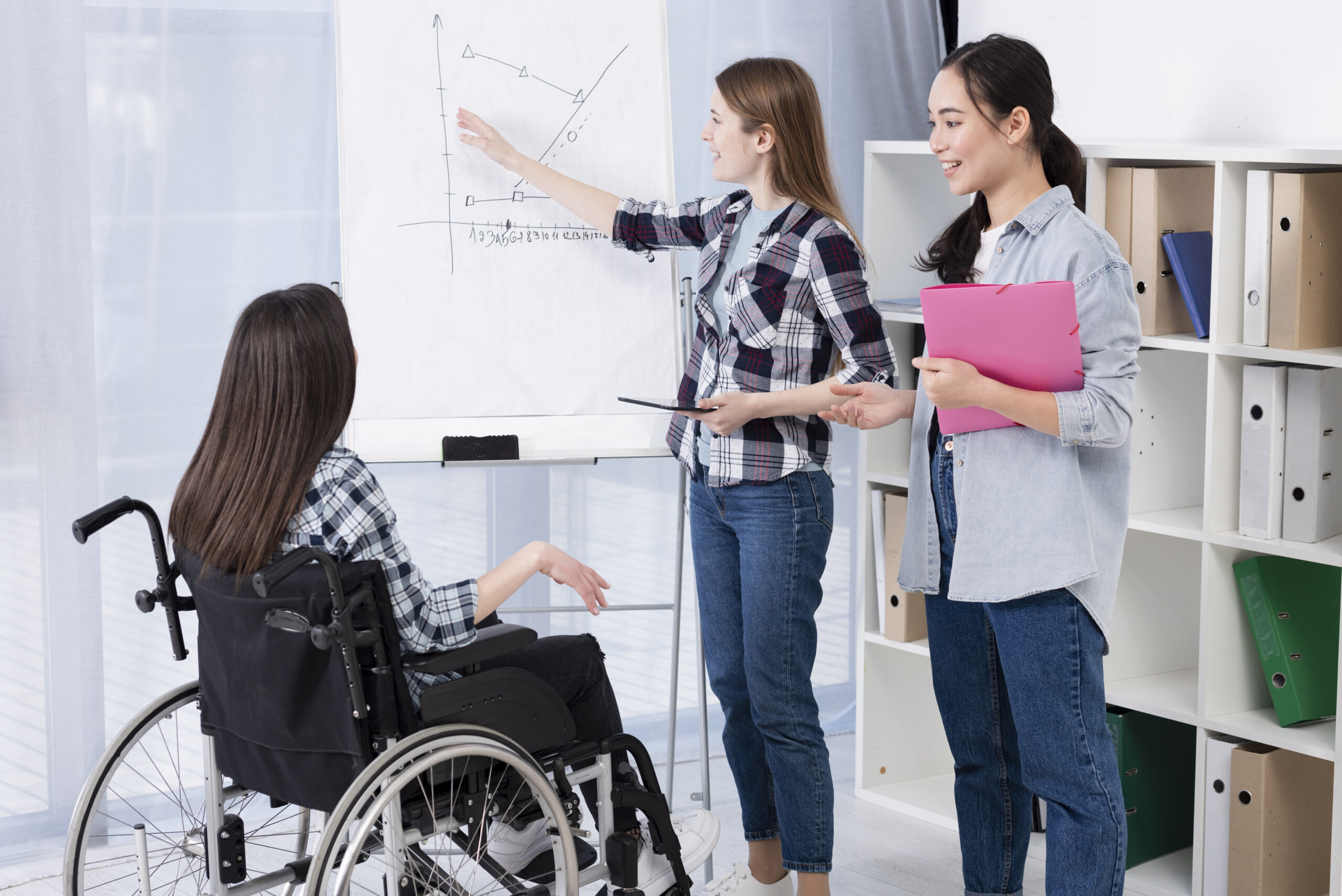Special education is a vital component of the educational landscape, designed to meet the unique needs of students with disabilities or specific learning challenges. This blog post will explore the fundamentals of special education, its history, key principles, and the various strategies and resources that empower educators, students, and families alike.
What is Special Education?
Special education refers to tailored educational services designed for students with disabilities, which can include physical, cognitive, emotional, or learning challenges. These services aim to provide equitable access to education, ensuring that all students can achieve their full potential in a supportive environment.
The Historical Context of Special Education
The journey of special education has evolved significantly over the years. Key milestones include:
- Early Advocacy
In the mid-20th century, advocacy for individuals with disabilities began to gain momentum, leading to increased awareness of their rights. Landmark legislation, such as the Education for All Handicapped Children Act (1975), mandated that public schools provide free and appropriate education to students with disabilities. - Inclusion Movement
The 1990s and 2000s saw the rise of the inclusion movement, emphasizing that students with disabilities should be educated alongside their peers in general education classrooms. This shift focused on creating supportive environments that promote social integration and collaborative learning. - Recent Developments
Today, special education continues to adapt, incorporating advancements in technology, research, and teaching methodologies to better support diverse learners.
Key Principles of Special Education
- Individualized Education Program (IEP)
Central to special education is the IEP, a personalized plan that outlines specific learning goals, accommodations, and services for each student. The IEP is developed collaboratively by educators, specialists, and the student’s family, ensuring that the unique needs of the student are addressed. - Free Appropriate Public Education (FAPE)
Under federal law, students with disabilities are entitled to FAPE, meaning they have the right to access an education tailored to their needs without cost to their families. - Least Restrictive Environment (LRE)
Special education advocates for placing students with disabilities in the least restrictive environment possible, allowing them to learn alongside their peers while receiving the support they need. This principle aims to promote inclusivity and prevent isolation.

Strategies and Approaches in Special Education
- Differentiated Instruction
Educators employ differentiated instruction to tailor teaching methods to accommodate diverse learning styles and abilities. This may include modifying lessons, providing varied resources, and using different assessment strategies to meet individual student needs. - Assistive Technology
Technology plays a crucial role in special education. Tools such as speech-to-text software, communication devices, and interactive learning platforms help bridge gaps in learning and empower students to engage with the curriculum more effectively. - Behavioral Interventions
For students with emotional or behavioral challenges, positive behavioral interventions and supports (PBIS) can be implemented. These strategies focus on promoting positive behavior through reinforcement and support, creating a more conducive learning environment. - Collaborative Teaching
Co-teaching models involve general and special education teachers working together in the classroom to provide comprehensive support. This collaborative approach fosters a more inclusive environment and enhances the learning experience for all students.
The Role of Families in Special Education
Family involvement is essential in the special education process. Parents and guardians play a critical role in advocating for their child’s needs, participating in the development of the IEP, and collaborating with educators and specialists. Effective communication between families and schools can lead to better outcomes for students.
Challenges in Special Education
While progress has been made, challenges remain in special education:
- Resource Allocation
Many schools face funding shortages that can impact the availability of specialized resources and personnel. Ensuring that schools have the necessary support to implement effective special education programs is crucial. - Training and Support for Educators
Teachers may require additional training to effectively support students with diverse needs. Ongoing professional development in special education practices can enhance teacher confidence and competence. - Stigma and Misunderstanding
Despite advances, stigma surrounding disabilities persists, impacting how students are treated by peers and society. Promoting awareness and understanding is essential to fostering an inclusive and supportive community.

Conclusion
Special education is a dynamic field that plays a critical role in ensuring that all students have access to meaningful educational experiences. By recognizing the unique strengths and challenges of students with disabilities, educators can create inclusive environments that promote growth and learning.
As we continue to advocate for the rights of students with disabilities, it is essential to foster collaboration among educators, families, and the community. Together, we can empower all learners to achieve their fullest potential, embracing diversity as a strength within our educational systems.

